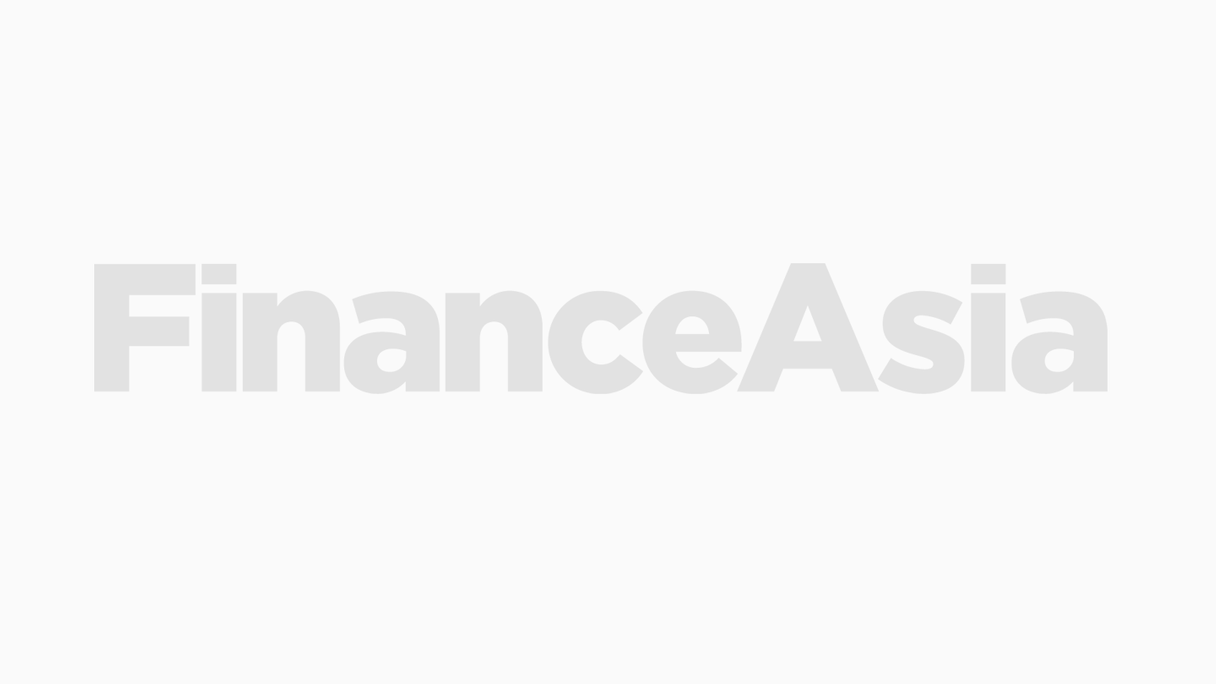When FinanceAsia spoke with Deutsche Bank in January the forecast was for another year of robust volumes in Asia's G3 bond markets, with Chinese property developers and high-yield borrowers expected to contribute a greater share of new issuance. Deutsche also predicted activity in Hong and India to increase, alongside the traditionally dominant Korea.
Now, six months down the track, it looks like Deutsche got it right, with its overall predictions barely deviating from what has unfolded so far.
Over the past six months the market has been hit by global events, such as the sovereign debt problems in Europe and the tightening of regulations in the China property sector, which have driven volatility higher. Despite this, Asian issuance is ahead compared with the same period last year, with the only significant fall-out being that borrowers have been forced to take advantage of short windows of opportunity and relative calm, resulting in some very busy periods and short execution times. In the past couple of months, issuance volumes have tapered off.
Amid the volatility, Deutsche has remained in pole position in Dealogic's Asia ex-Japan G3 bond league tables. As of July 9, the bank had helped raise $4 billion from 23 deals, giving it an 11% market share.
Earlier this month FinanceAsia sat down with Patrick Tsang, head of fixed-income capital markets for Asia, and Herman van den Wall Bake, head of global risk syndicate for Asia, to revisit Deutsche's predictions for 2010 and find out the bank's house view for the rest of the year.
It looks like your forecasts from January were spot on. What's your synopsis of the first half performance in the Asian debt markets?
The volume of new issuance in Asia's G3 bond market remains robust, with a slight increase over the same period last year. The main drivers included the continued sovereign/quasi-sovereign supply, proactive bank capital management, first-time issuance by high-yield and high-grade corporate borrowers, and the return of India.
The year began on a constructive note, but faded during the second quarter as concerns over the peripheral European economies saw risk aversion return, while global signs of slower economic activitiy and China's efforts to regulate its property market impacted investor demand. This resulted in a significant slowdown in G3 issuance volumes in May and June.
As a result, issuers sought alternative market solutions, tapping into Taiwan's Formosa market as Kexim [Export-Import Bank of Korea] did in June with its 2.65% Formosa bond. We have also seen foreign issuers being active in Swiss francs and Asian currencies such as Hong Kong and Singapore dollars, Thai baht and Malaysian ringgit.
The first couple of weeks in July have seen Asian issuers return to the G3 market. While spreads have widened, the drop in US Treasury yields has resulted in attractive all-in yields.
You mentioned earlier this year the importance of credit differentiation. What did you mean by that?
While liquidity remains a high priority, credit differentiation -- a preference for industry leaders and top-tier names -- has been the key focus. With macro uncertainty on the rise, investors want the comfort that the credits they invest in can withstand the still unlikely scenario of a double-dip recession.
Investors have been demanding new issue premiums to compensate them for market volatility.



